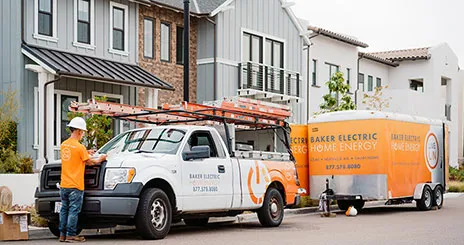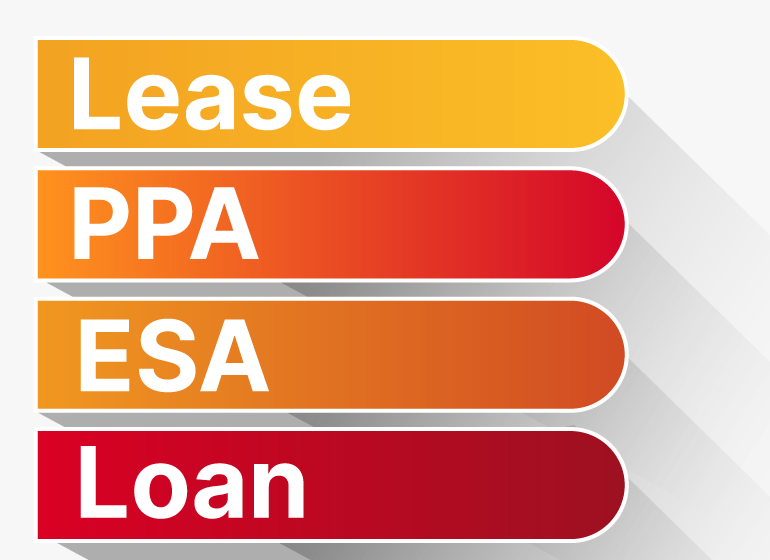News is now bright for homeowners to add more solar panels without penalty. Homeowners can now add non-export solar systems to add power while continuing to leverage their net metering rate advantage.
Until now, solar rooftop owners in San Diego County and throughout California, who are being charged for electricity under Net Energy Metering (NEM) 1 and 2 rates, could not add a meaningful number of solar panels to their existing systems without incurring dramatic and negative rate changes that went into effect in April 2023. That has all changed.
There is now a way to significantly increase solar electricity production and stay grandfathered in the NEM 1 and 2 rate structures in a new deal brokered with California’s utilities including San Diego Gas & Electric.
“Homeowners who installed solar five or more years ago, may have purchased an electric vehicle, installed a hot tub, and their consumption has gone up during those years,” said Mike Teresso, Baker Home Energy President. “Their systems were designed correctly at that time, but their electric usage has increased since their system was installed. Until now it made no economic sense to add panels to that system because it would have pushed them out of their NEM 1 or 2 status and end up costing them even more.”
When the new rate structure for solar went into effect on April 14, 2023, the California Public Utilities Commission allowed that solar owners could continue with their grandfathered NEM rates by installing non-export systems which kept excess electricity from going to the power grid. But there was not a clear path or set of requirements until the California Solar and Storage Association along with the three investor-owned utilities – SDG&E, Pacific Gas & Electric, and SoCal Edison – figured out how to make it work. Late last month, they did.
“A non-export system basically means you can add as much new solar as you want,” said Teresso. “When you pair it with a battery and set it to non-export mode, the energy generated from your extra solar panels charges your battery for later usage and cannot go back to the grid. It just stops there.”
Installing these new systems alongside existing systems is more complex and Teresso says selecting the right installer is going to be even more critical to design the correct system, handle the more complicated electrical work, and submit an application to the power company.
“For years, homeowners with solar have been calling us to add extra panels to address their household’s growing demand for electricity,” said Teresso, “and we’ve gently rejected them because it would have ended their NEM status and cost them more than when they had fewer panels. As of today, that’s changed and we now can help them cover all their electric demand.”



